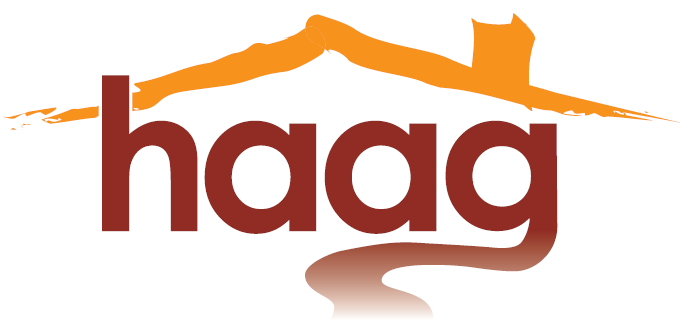Co-housing: could it take off?
Submitted by Site Admin on
Submitted by Site Admin on
Submitted by Site Admin on
Submitted by Site Admin on
Submitted by Site Admin on
Submitted by Site Admin on
Submitted by Site Admin on
Submitted by Site Admin on
Submitted by Site Admin on
Submitted by Site Admin on
Submitted by Site Admin on

 "There is nothing like staying at home for real comfort."
"There is nothing like staying at home for real comfort."
- Jane Austen
Authorized by Fiona York, Housing for the Aged Action Group 247 Flinders Lane Melbourne 3000